
The intelligent trash can is a kind of garbage sorting and treatment equipment that integrates modern technology and environmental protection. It uses modern technology to detect and process the filling degree of the garbage can, the type of garbage and other information in real time through various sensors such as sound, light, heat, temperature, etc., so as to realize the functions of automatic classification, recycling, cleaning, odor suppression and sterilization, and can monitor and remotely control the garbage can online.
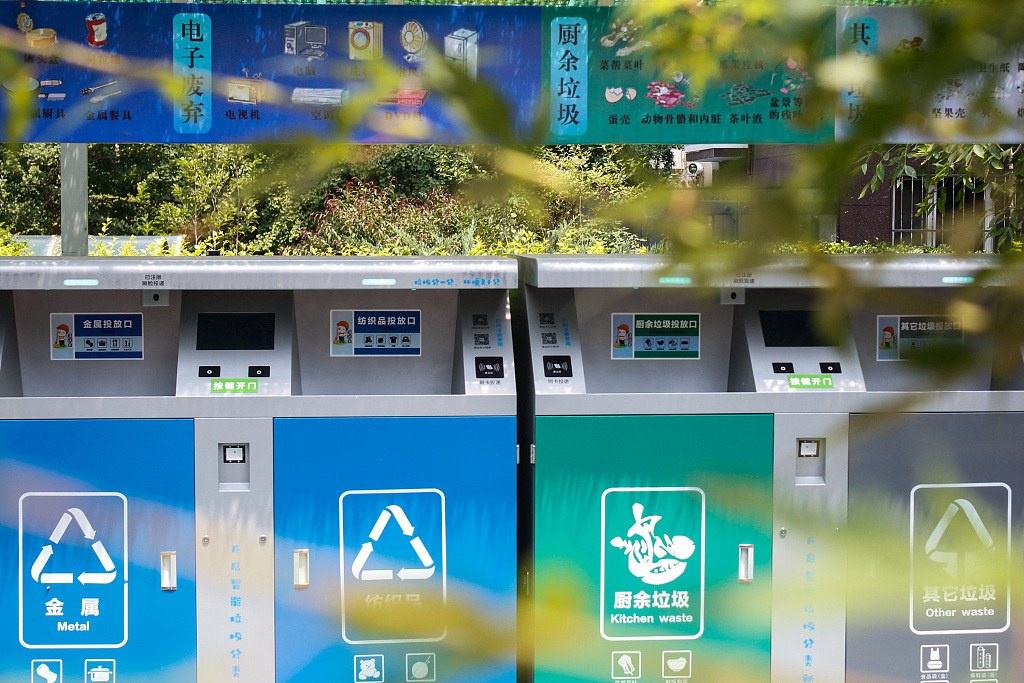
The intelligent trash can system is mainly composed of two parts: the trash can and the management system, and the management system includes intelligent software, human-computer interaction system and cloud data management system.
Smart trash can part: Through software and hardware integration technology, smart trash can is equipped with sensors, cameras, solenoid valves and other sensing devices, which can perceive the garbage type, garbage height, garbage weight, garbage identification and other information in the trash can, and realize the function of intelligent garbage classification.
Intelligent software part: Intelligent software uses machine learning and artificial intelligence algorithms to classify and recycle all kinds of garbage, and can monitor, analyze and predict various data in the garbage can. Through data analysis, the efficiency of garbage collection can be maximized, making garbage collection more efficient and intelligent.
Human-computer interaction system: The human-computer interaction system is usually equipped with rich displays, voice recognition and voice broadcast systems, and hard buttons to realize the real-time operation and information feedback of personnel on the trash can, and reduce time-consuming and misjudgment in the communication process. In terms of synchronization operation, it is possible to realize specified content such as promotion/advertising push.
Data management and cloud services: The cloud data management part can connect the data and management system of the smart trash can to realize the cloud management and monitoring of data, and can also realize the online query and management of data through mobile applications, WeChat applets and other platforms.
In short, through the combination of garbage classification, management system and data management technology, the intelligent trash can realizes the intelligent, automated, information-based and visualized management mode, and forms a green, intelligent and ecological future development route for the development of urbanization in terms of urban waste classification, recycling and resource management.
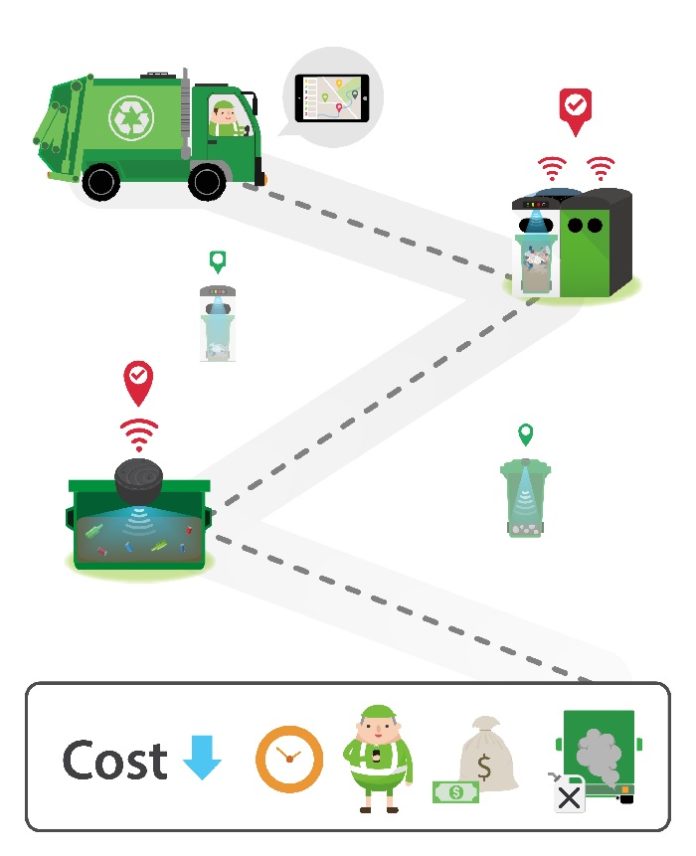
The intelligent trash can system is designed to better manage urban waste, mainly composed of photovoltaic system, sanitizing system, IoT information collection system, intelligent lid opening system, standard trash can, publicity system, monitoring system and unmanned intelligent cleaning and transportation.
1. Photovoltaic system
In the smart trash can system, the photovoltaic system plays the role of providing energy, which can collect sunlight energy through solar panels and convert it into electricity to provide energy support for the whole system.
2. Sanitize the system
The sanitize system is mainly responsible for disinfection and sterilization, maintaining the hygiene of the trash can, and preventing harmful bacteria and viruses from causing harm to the environment and the human body.
3. IoT information collection system
The smart trash can reads information about the trash can through the IoT information collection system, including the cleaning time, filling degree, garbage type, etc., so as to better manage and maintain the trash can.
4. Intelligent lid opening system
The smart lid opening system means that the trash can is equipped with a sensor that automatically opens when someone approaches or needs to use it, and automatically closes when the bin detects that it is not in use. This will not only make it easier for citizens to use, but also reduce the scattering of garbage on the road and maintain the hygiene of the city.
5. Standard trash cans
The standard bin is a core component of the smart bin system, which can be designed to meet the specified standards, with a moderate volume size, and is easy to clean and clean.
6. Propaganda system
The publicity system is used to promote garbage classification and environmental protection knowledge to citizens, relieve the pressure of garbage in the city, and protect the environment and people's health.
7. Monitoring system
The monitoring system can monitor the changes in the surrounding environment of the garbage can in real time through video surveillance and other methods, and find garbage problems in time, so as to be able to deal with and manage them in a timely manner.
8. Unmanned intelligent cleaning
The intelligent trash can system can also be equipped with unmanned intelligent cleaning equipment, which can automatically cruise to the vicinity of the trash can for cleaning, which can not only reduce the labor intensity of workers, but also have higher cleaning efficiency.
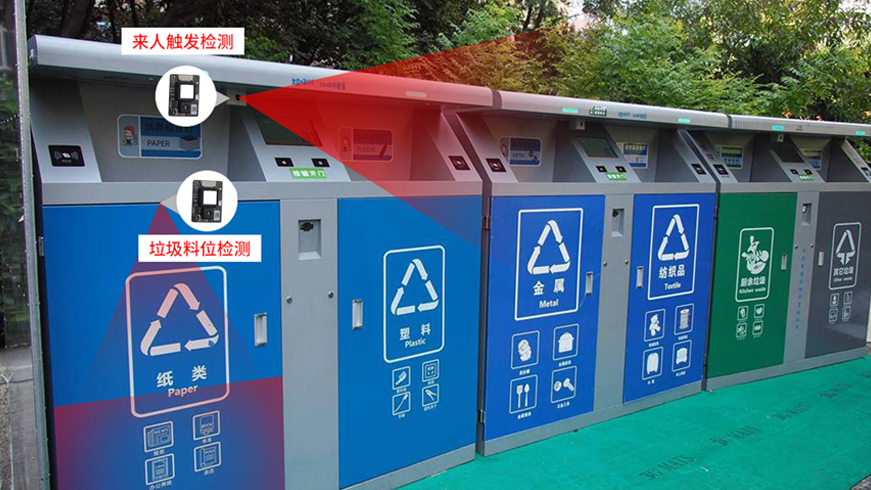
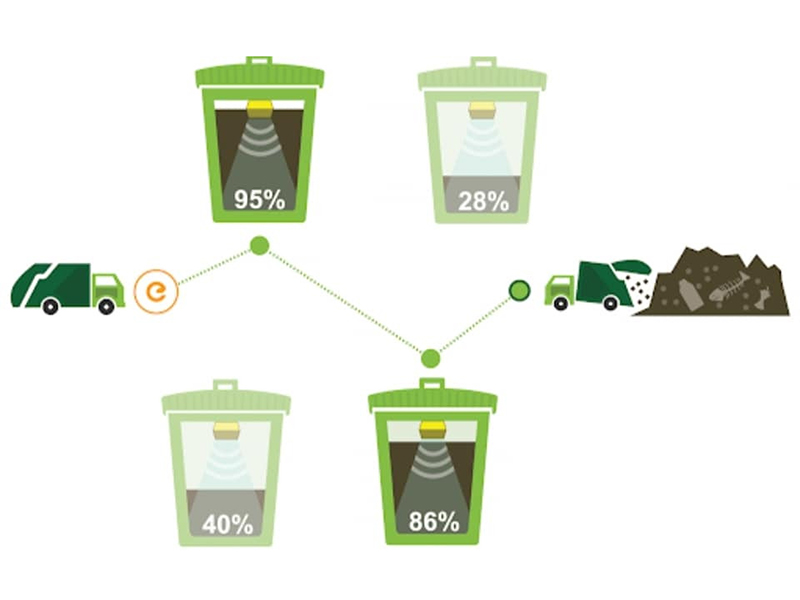
LiDAR is a scanning photoelectric sensor that can obtain the spatial position and shape of a target object through three-dimensional scanning of short-wavelength light emitted by a laser beam. In the smart trash can system, lidar can be used to scan the trash in the trash can and sort it through algorithms. Here are the detailed applications:
Garbage sorting: LiDAR can scan the items in the trash can, create an object model for each item, determine the type of garbage through machine learning algorithms and past classification data, and assign the garbage to the correct sorting bin.
Volume measurement: LiDAR can measure the volume of garbage in the trash can in real time, and once the capacity is full, the smart trash can will remind the user to empty the trash.
Location tracking: LiDAR can identify the location and quantity of each item in the trash can, and monitor the area where the smart trash can is deployed.
Remote supervision: LiDAR can send the data in the trash can to the remote management system through data transmission, which is convenient for the garbage manager to carry out remote supervision.
In short, the application of lidar in the intelligent trash can system can make the system more intelligent, improve the efficiency of garbage classification and treatment, and reduce the consumption of manpower and materials, so as to better serve the cause of social environmental protection.
Siman Recommended Models:
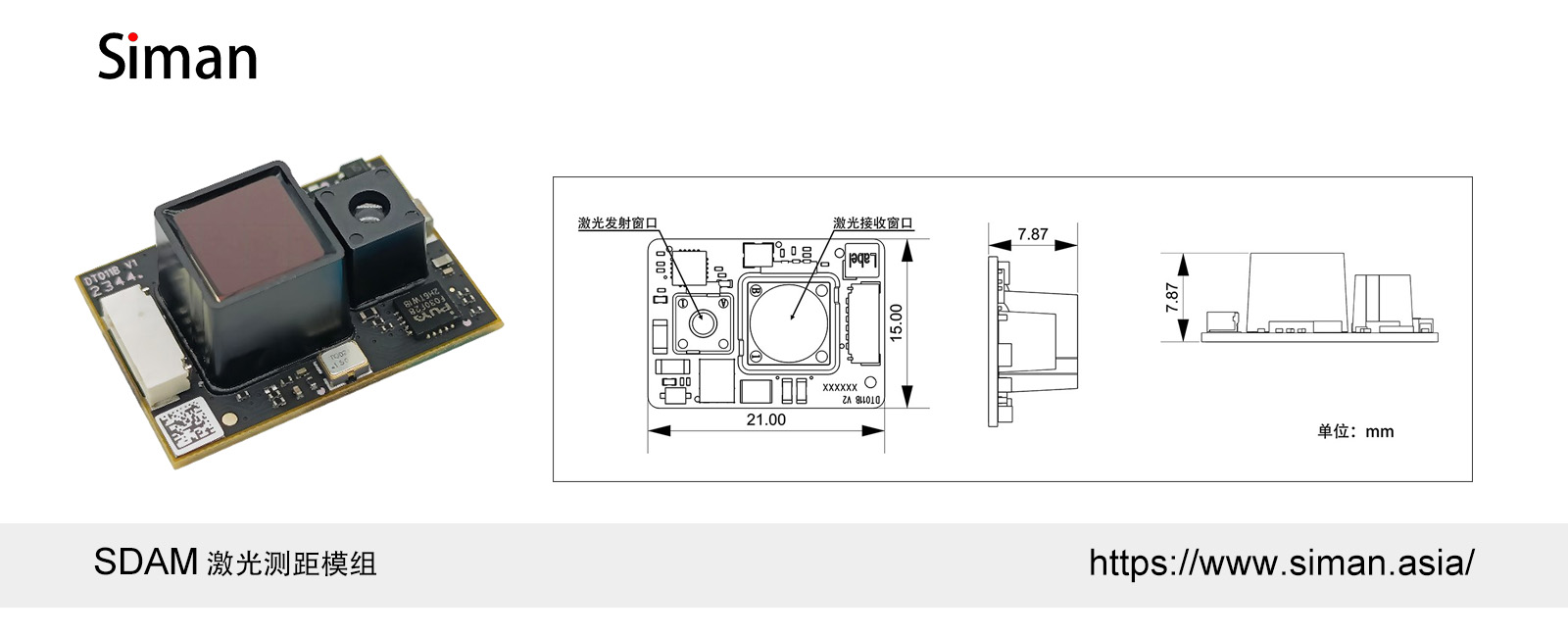
The SDAM laser ranging module supports the following technologies for this application:
1. Achieve accurate ranging: The module can achieve centimeter-level precision ranging, can accurately detect the amount of garbage in the garbage can, and timely warn and trigger the corresponding treatment measures.
2. High-speed ranging: It has the ability of fast ranging, up to 250 times per second, which can quickly distance the garbage in the trash can to achieve real-time perception.
3. DTOF technology: It can effectively reduce the drift of the beam, and at the same time can control the intensity and pulse frequency of the light source output, so that the measurement results are more stable and accurate, and the measurement accuracy will not be affected by external interference.
4. The module is small and convenient: the miniaturization is suitable for embedded installation, supports secondary development, and can be easily built into the overall structure, which will not affect the appearance of the trash can and achieve user-friendliness.
5. UART serial port and I²C output: The SDAM laser ranging module provides a communication protocol that can be easily integrated into the smart public toilet management system.
6. Safe and reliable: The use of red 940nm VCSEL light source, which belongs to a class of safety laser, will not cause harm to human eyes, and ensures the safety and reliability of use.
7. It can be used both indoors and outdoors: It is suitable for measurement in different indoor and outdoor environments, and can be applied to a variety of scenarios of smart trash cans.
8. Sensitive trigger: The opening and closing of the trash can lid can be triggered, and the sensitivity is high, and the corresponding state can be detected quickly and accurately.
9. Low cost: The SDAM laser ranging module has a low cost and is suitable for large-scale application in smart trash cans, and has a good prospect for promotion and application.
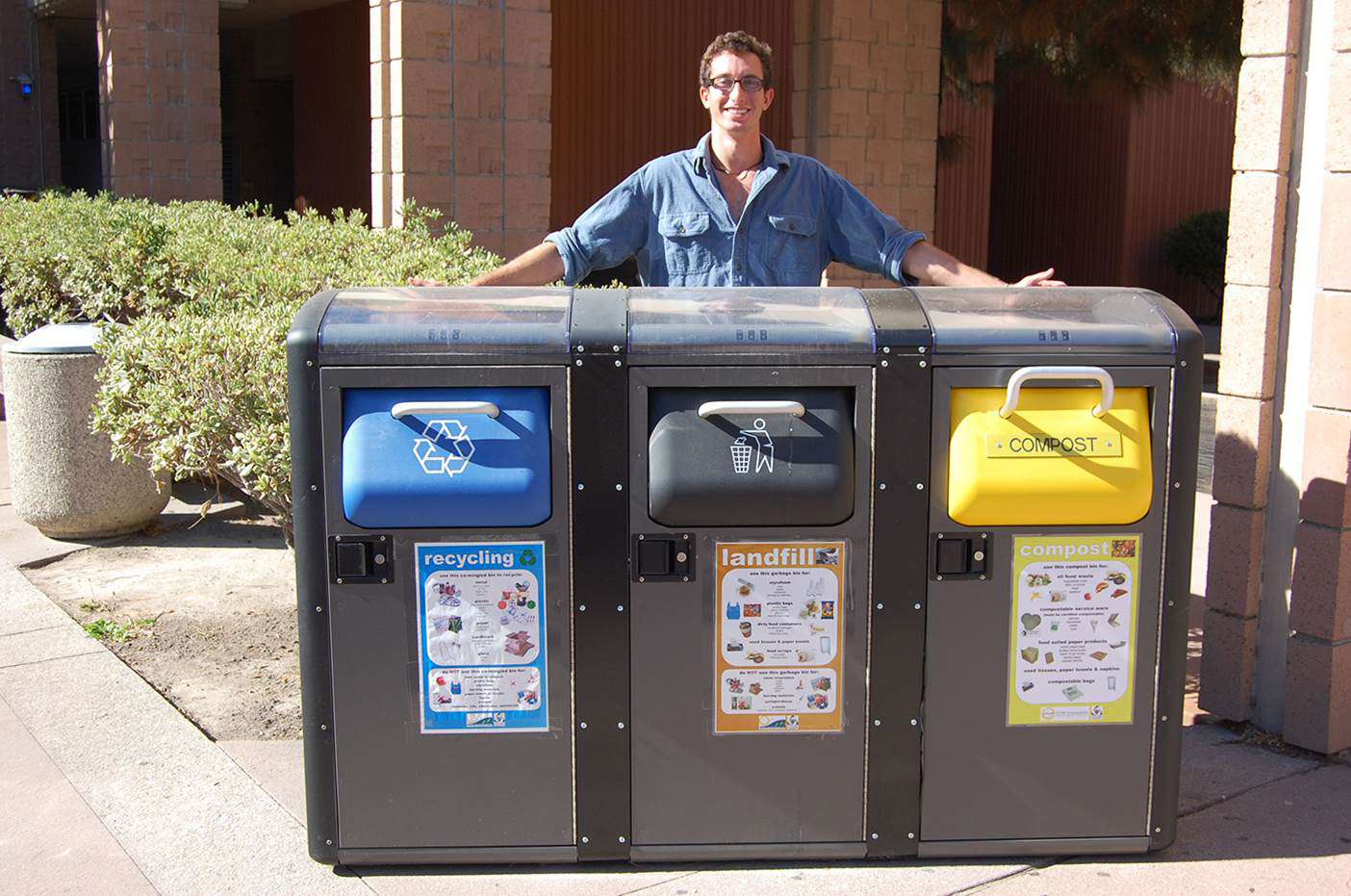
In terms of intelligent trash can overflow detection, the SDAM laser ranging module can help achieve fast and accurate ranging to detect the filling of garbage in the trash can, so as to clean and replace the garbage in time. When performing trash can overflow detection, accurate and reliable measurement results can be guaranteed, avoiding misjudgment or missed detection.
In terms of lid opening triggers,The SDAM laser ranging module can detect the status of the lid of the trash can, and send a signal to the intelligent trash can management system in time when the lid is opened, so as to realize the triggering of the lid opening and related management processes.
In summary,The SDAM laser ranging module has very important application advantages in intelligent trash can overflow detection and lid opening trigger, which can realize intelligent and efficient trash can management, and effectively improve the quality of urban environmental sanitation and human life.
In addition, with the continuous development of artificial intelligence and Internet of Things technology, laser ranging sensors have more room for expansion and application in intelligent trash can management, which can make greater contributions to more convenient, safe and intelligent urban management.
Business Manager: Manager Jiang
Tel:13391208082
E-mail:13391208082@163.com

Business Manager: Manager Li
Tel:18737118612
E-mail:18737118612@163.com
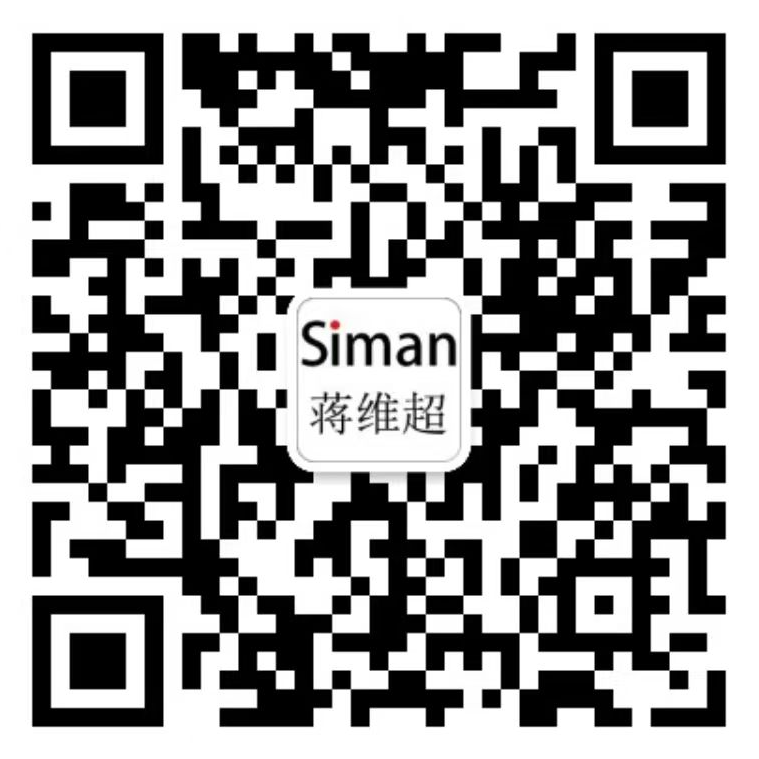
Business Manager: Manager Lv
Tel:15238312802
E-mail:15238312802@163.com

Business Manager: Manager Wang
Tel:15238360758
E-mail:15238360758@163.com

Copyright © 2024 Siman Sensor Technology Co., Ltd. 豫ICP备2024098333号